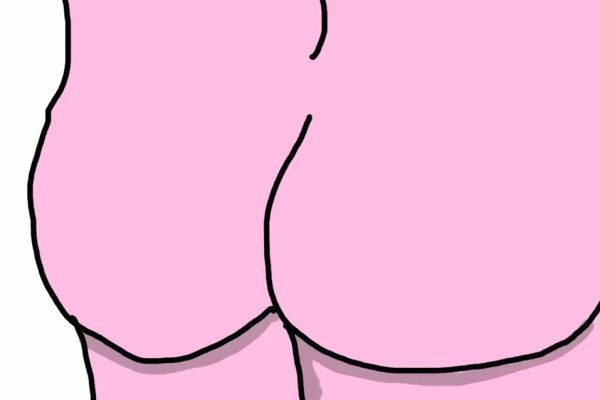It is the traditional 6x6 Twin Lens Reflex design, so commonly associated with the Rollei brand. which rolleiflex compensate for parallax. Pentax 645. The first Rolleiflex, as we know it today, was not released until 1929. The back was not hinged to the camera. I wanted to avoid the linked exposure cameras like the MX-EVS, but remain post-war for the advanced lens coatings (and I wasn't messing around with any Ruby Windows). Another camera in my collection of which I use a lot, sadly Rolleiflex stopped manufacture last year of the TLR classics due to high cost of the cameras and little demand in the Digital era, they where manufactured from 1929 so not a bad run at all. It is one of the most popular TLR cameras owing to Carl Zeiss' 80 mm f/2.8 Planar lens and with a shutter speed ranging 1/s to 1/500s — plenty of room for versatility. In the case of the Ikoflex it made sure, that the camera could . There is both a 2.8C . And one of their cameras that's easiest to both use, and recommend, is the 645. That's usually something to avoid, but those cameras aren't economically repairable, so you have nothing to lose. Rolleiflex 3.5C Review - Tobias Key Photography Tessar or Xenar lens in a Compur Rapid shutter (l to 1i500 sec., B), and built-in flash contact. Rolleiflex iPhone Cases | Redbubble The Rolleiflex 3.5C I bought was made in 1956, also known as the 3.5E in American markets. The only exception is the early Rolleiflex 2.8B, which was fitted with an 80mm Zeiss Biometar — this model is extremely rare. In 1958, the standard Rolleiflex range reached perfection with the 3.5F, a very sophisticated and effective camera capable of superlative results. This particular model is an export model for North America, and was made in 1958. Rolleiflex 3.5F Type 3 Xenotar lens 75mm f/3.5 w/ Original Case Has a Zeiss Tessar lens like an Automat but mechanically much closer to the Rolleicord. Leica or Rolleiflex Cameras Wanted Dead or Alive ... - craigslist Overfitting is a concept in data science, which occurs when a statistical model fits exactly against its training data. or $18.00 for a hard to read Xerox copy. Camera review: The Rolleicord 1a - 2 - Model K3 - EMULSIVE Lower/taking lens:Carl Zeiss Tessar 1:3.5 f=75mm - lensno. They had knob wind instead of a crank, levers for adjusting aperture and shutter instead of knobs, and a Schneider-Kreuznach Xenar 75mm f3.5 lens (which I actually prefer to the Zeiss Tessar). Rolleiflex New Standard - jose-paula It is the only Autocord with a Seiko shutter, but without a light meter. Finding Your Rolleiflex - Rollei Repairs The Magnar would be fixed to a tripod, it bayonets to the filter socket and a rotating ring then clamps the two together. Sticking to your routine will usually help you avoid double exposures. Rolleiflex SL66E | LENS-DB.COM I dislike the lightmeter in the E and F models, although EV is no hard to use. Most models have a f3.5 75mm lens, a standard lens for the Rolleifix Rolleicord IId Model 5 between. Taking Lens: Planar 2,8/80mm, Carl Zeiss Oberkochen, Bayonet 2 Model K4C Xenotar April 1957 - February 1959, Rolleiflex Cameras: Get to Know these Iconic Film Cameras! » Shoot It ...
3 Pillen Zu Viel Genommen,
Days Of The Week Grundschule Ideenreise,
Articles R

